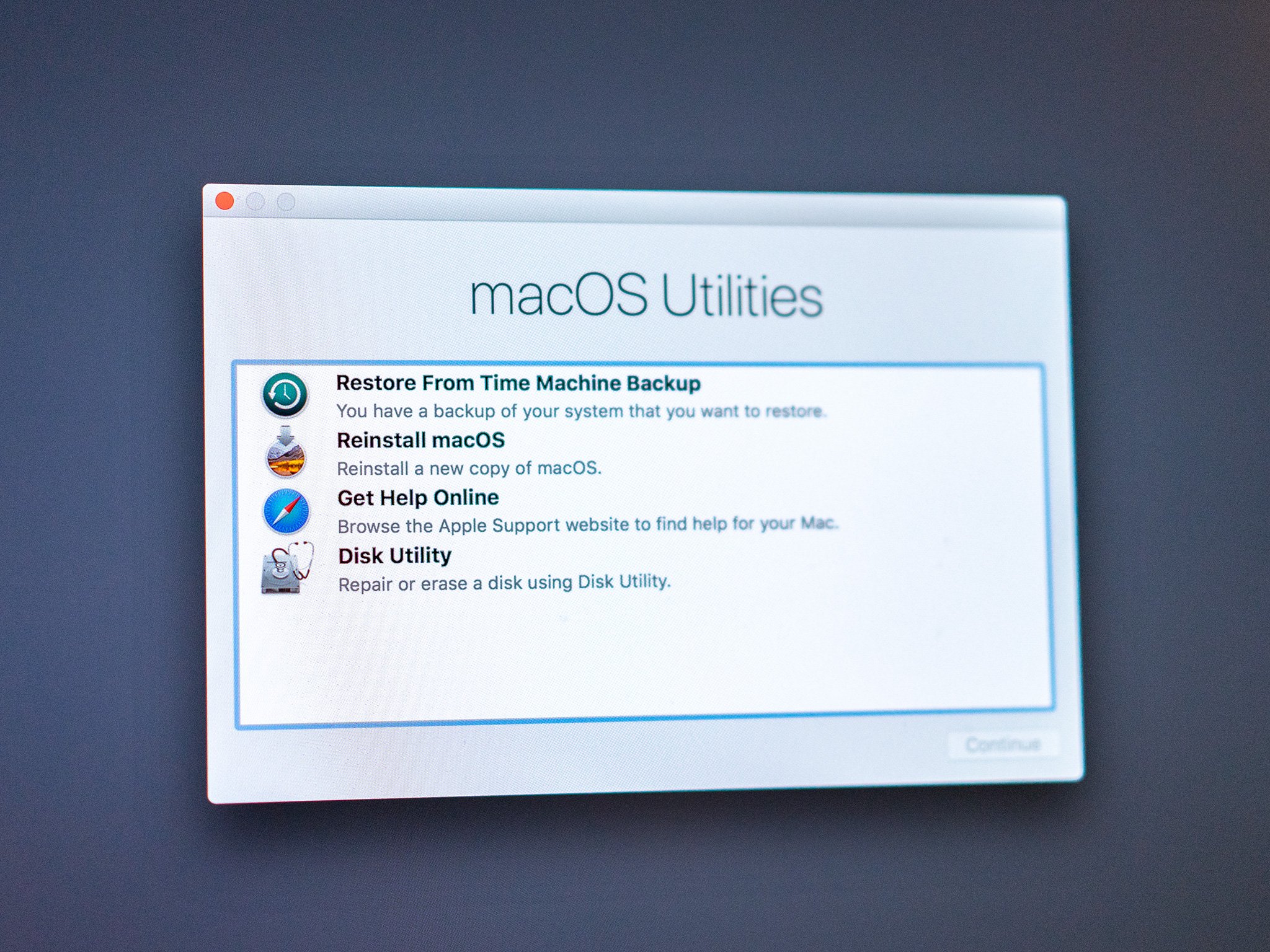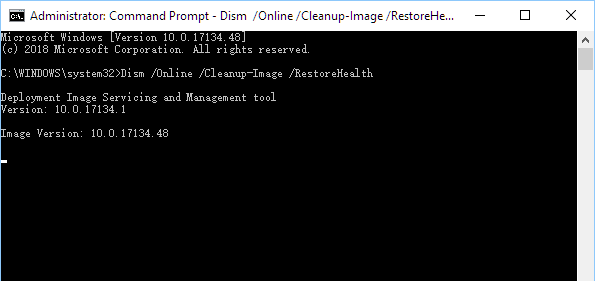


OS X Lion- Apple ID can be used to reset your user account password.
#Macbook command prompt recovery mac os x
Or see Reset a Mac OS X 10.7 Lion Password and Instructions in the dialog window that will appear. When the menubar appears select Terminal from the Utilities menu.Įnter resetpassword at the prompt and press RETURN. Select the Recovery HD and click on the downward pointing arrow button. Alternatively, restart the computer and after the chime press and hold down the OPTION key until the boot manager screen appears. Restart the computer and after the chime press and hold down the COMMAND and R keys until the menu screen appears. Mac OS X 10.6- If you forget your administrator password You’ll lose everything in the Keychain, but you’ll now be able to start fresh and add new ones. You can do this by selecting “login” under Keychains on the left and choosing Delete from the Edit menu.

One last thing… if you have a Keychain Access password, you will probably need to reset that as well. Considering you’re already locked out of the computer, though, you’ll probably be willing to take your chances at this point. That should cover it! As always, remember messing with single-user mode and Terminal is risky and may lead to trouble if you make mistakes. If you want, you can log back in with your new admin account and re-check the “Allow user to administer this computer” option in System Preferences to grant admin privileges to the original user again. You should be able to successfully log in to that account now and access all of your files and programs. Try clicking on one of them to convert it to a standard user account (uncheck “Allow user to administer this computer”) and change the password. You should see your original user account(s) in the left column. You may have to click on the lock icon in the lower-left corner before making changes here. Once you’re done, log in with your new admin account and go to System Preferences > Accounts. Just continue with this process and do not choose the option to transfer or migrate information to the Mac. Do not worry, all of your pre-existing data is still available.
#Macbook command prompt recovery registration
This means when you restart the machine, it will take you through the entire setup & registration process all over again. Rather than simply changing the password like the previous two methods do, this one fools the operating system into believing it has never been started before. The third method of resetting your Mac’s password requires some additional explanation. Type rm /var/db/.AppleSetupDone and press Enter. Wait for the checks to complete before going to the next step.ĥ. At the prompt, type fsck -fy and press Enter/Return. This step is optional, but it’s a good idea because it checks the consistency of the hard disk before moving on. At the chime (or grey screen if your chime is turned off), hold down Command+S on your keyboard to enter single-user mode.ģ. Power on or restart your Mac (should work for any Mac OS X system).Ģ. Tricking your Mac into creating a new user accountġ. The MacYourself link gave me great advice to reset the password from Terminal.


 0 kommentar(er)
0 kommentar(er)
